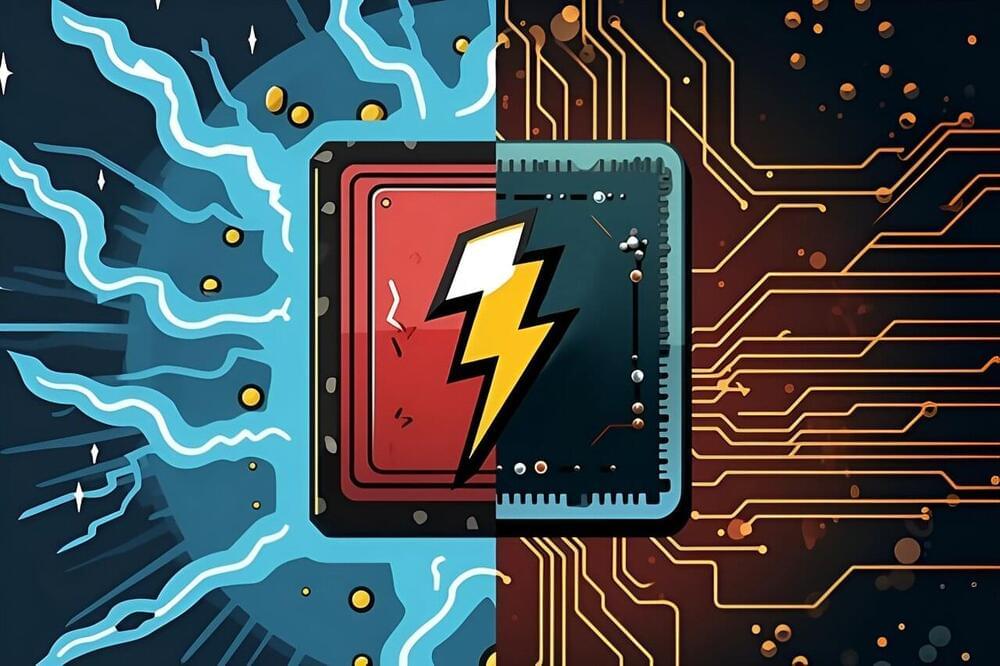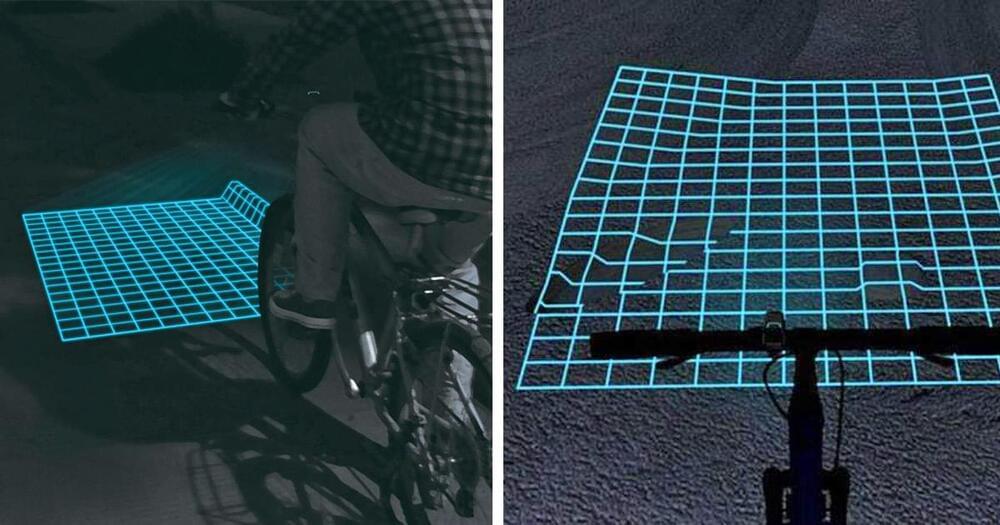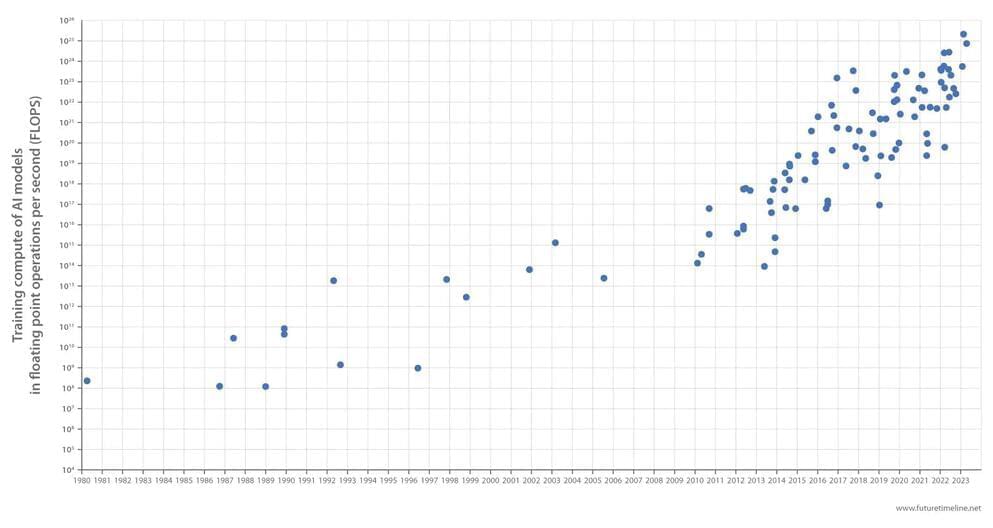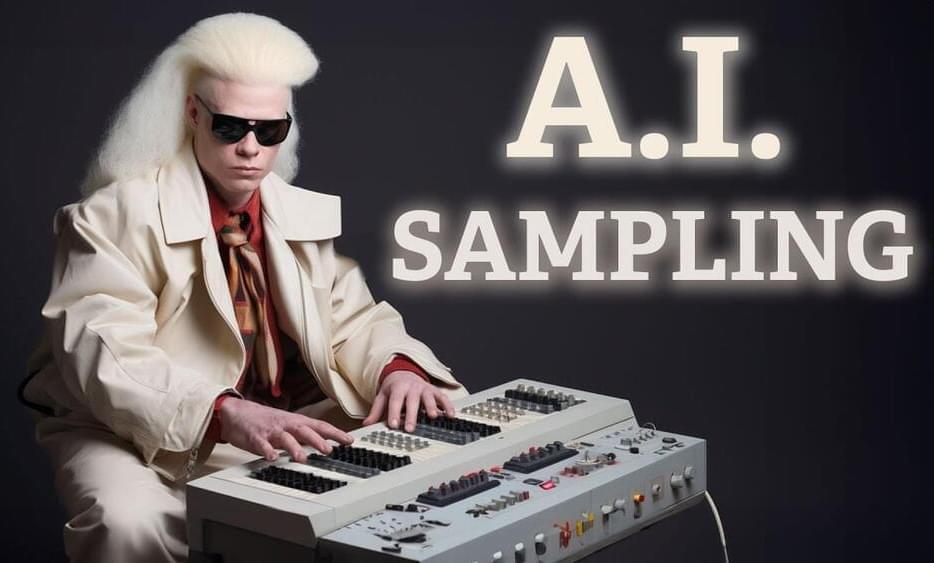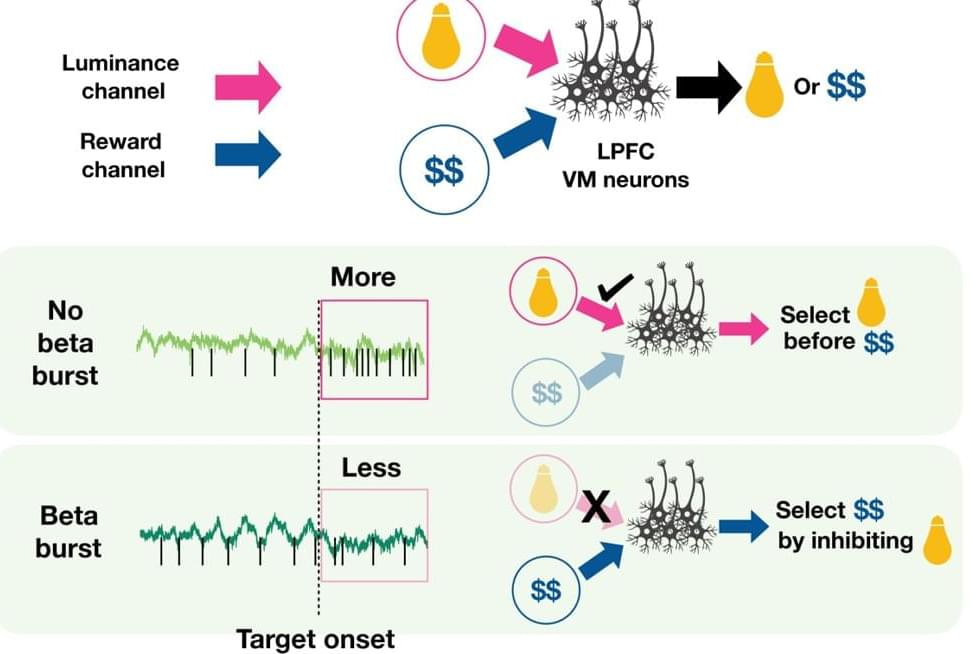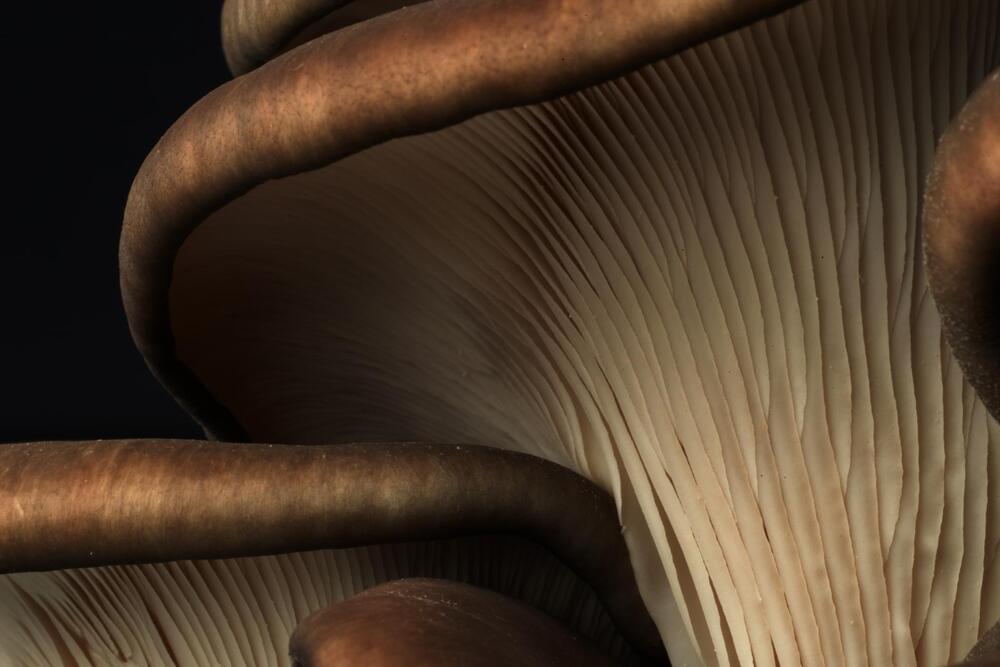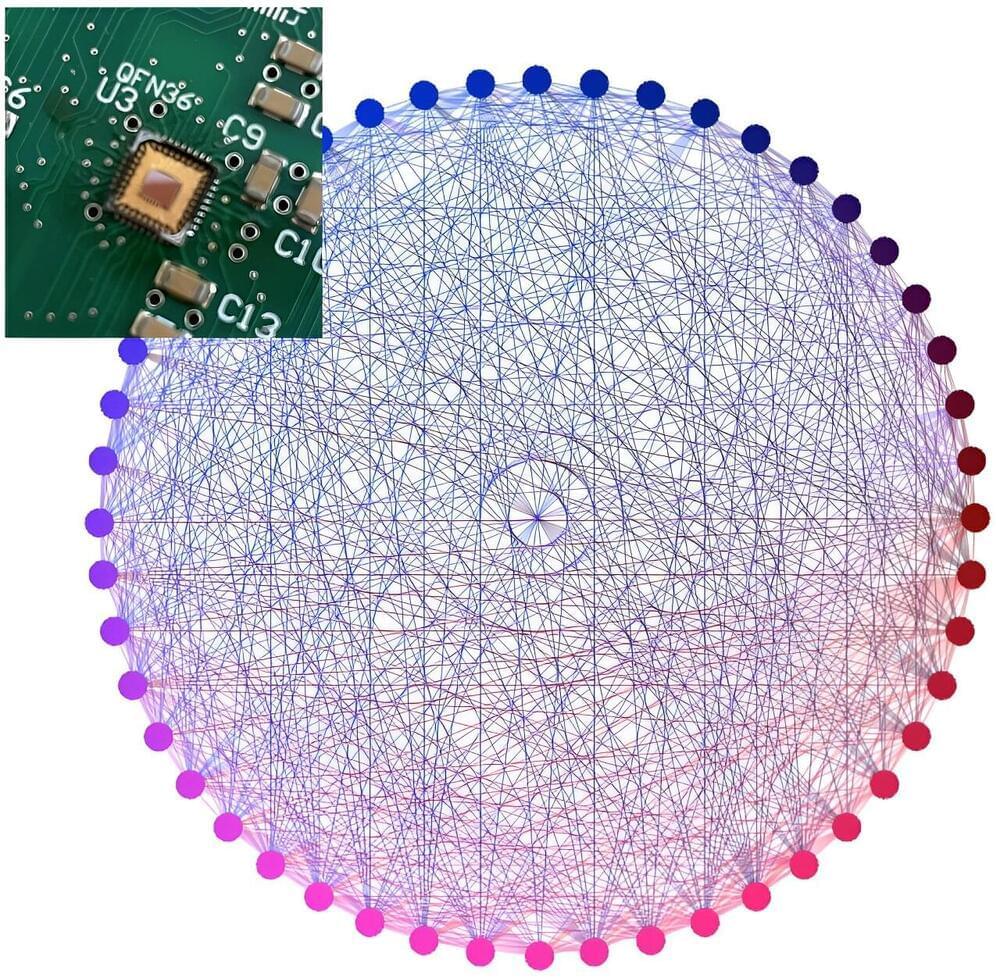Sep 11, 2023
System combines light and electrons to unlock faster, greener computing
Posted by Jose Ruben Rodriguez Fuentes in categories: particle physics, robotics/AI
Computing is at an inflection point. Moore’s Law, which predicts that the number of transistors on an electronic chip will double about every two years, is slowing down due to the physical limits of fitting more transistors on affordable microchips. Increases in computer power are slowing down as the demand grows for high-performance computers that can support increasingly complex artificial intelligence models.
This inconvenience has led engineers to explore new methods for expanding the computational capabilities of their machines, but a solution remains unclear.
Photonic computing is one potential remedy for the growing computational demands of machine-learning models. Instead of using transistors and wires, these systems utilize photons (microscopic light particles) to perform computation operations in the analog domain.
